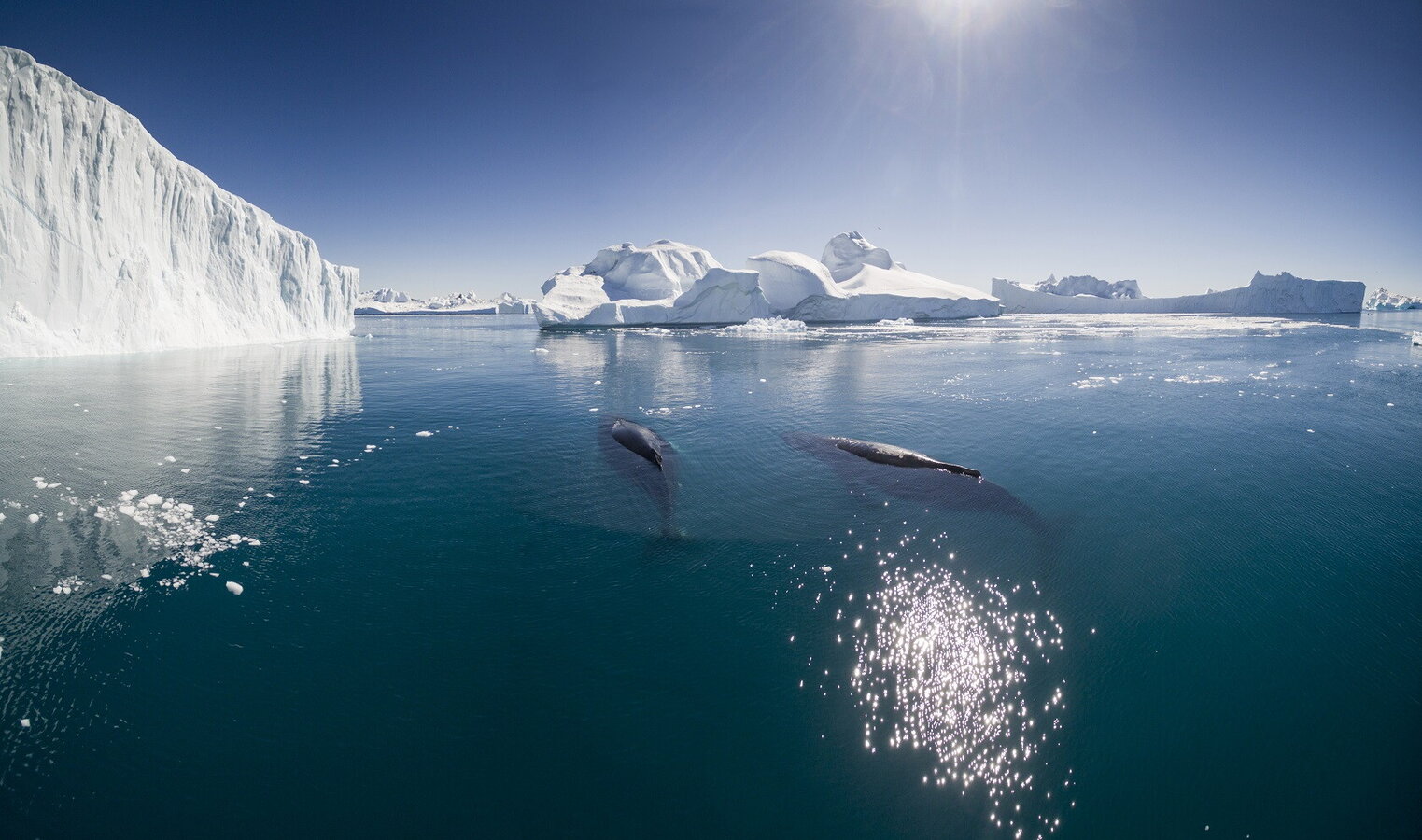
A shortcut for the gas trade

I
n economics, there are fundamental trends that cannot be changed, destined to endure over time, and which can help define future scenarios. One such trend is the growth of world trade, which increasingly depends on maritime transport. In 2024, world trade rose by 3.3 percent, driven primarily by services, with trade in physical goods returning to steady growth after the pandemic slowdown. Sea transport has benefitted the most, with increases in both tonnage and the distances covered. In 2024, this increase was around 7 percent, continuing a strong expansion that has persisted for over 20 years, interrupted only by the pandemic in 2020.
That’s why developments in the Arctic —long anticipated—are promising: the ice melt caused by climate change now allows for navigation for much of the year. Growth in trade leads to greater energy exchanges, inextricably tied to the physical geology of fossil fuels, which still account for 80 percent of the world’s energy demand. Oil and gas reserves are concentrated in specific geographical areas, creating significant imbalances between those who own the reserves and those who consume the energy. This is particularly true for oil, the most important energy source in the global balance, with reserves mainly in the Middle East and consumption traditionally dominated by industrialized countries in North America and Europe. A similar imbalance is evident in natural gas, the fastest-growing energy source, which is expected to replace coal in electricity production, particularly in Asia. In this regard, China stands to benefit the most from an increase in liquefied natural gas (LNG) exports.
Global trade of LNG
Over the past 20 years, world LNG trade has grown at an average rate of 6 percent per year in terms of export volumes, compared to a 2 percent annual increase in total gas demand. The countries driving the greatest increases in LNG imports are China and India, which have the highest electricity demand, with over 60 percent of their power generated by coal-fired plants. In 2024, China imported 100 billion cubic meters of LNG, four times the volume from 10 years earlier, making it the world's leading importer, surpassing Japan, which traditionally imports about 90 billion cubic meters annually.
Therefore, growth in LNG trade to Asia, driven by new Arctic routes, is desirable.
China now operates 29 active terminals and adds approximately five more each year, with over thirty under construction. This will increase its import capacity from the current 180 billion cubic meters to 300 billion within five years. While it is not guaranteed that all this additional capacity will translate into a proportional increase in gas consumption and LNG imports, there is clear pressure on the international LNG market, which significantly influences European gas prices. Therefore, growth in LNG trade to Asia, driven by new Arctic routes, is desirable. Three such routes have been identified.
1. the Northern Sea Route, which runs along the coast of Russia and is the best-established so far;
2. the Transpolar Sea Route, which runs through the North Pole, little traveled because it is still full of ice;
3. the North West Passage, which runs along the northern coasts of Canada and the United States, countries that had failed to reach agreement over the rules of transit even before Trump’s second term.
Dozens of projects in Canada and Alaska involve the construction of LNG export terminals, driven by the enormous potential of unexplored reserves in the area, comparable to the long-known reserves in Russia. Europe has relied heavily on these gas reserves since the 1970s, but suspended imports after the war broke out in 2022. From the Yamal Peninsula, on the shores of the Arctic, large pipelines previously supplied gas to the two Nord Stream lines as well as sending gas to pipelines crossing into Poland and Ukraine, all of which are now closed.
The Russian parable
In the early 2000s, when relations with the West were relatively good, Russia began to seriously exploit its Arctic route. In 2005, a project was launched to build a gas liquefaction plant in Sabetta on the Yamal Peninsula, home to the world’s largest gas reserves. The first shipment departed in December 2017, and by 2018, the plant’s capacity of 35 billion cubic meters per year was fully operational. In addition to the Russian company Novatek, which holds the majority stake, China owns 30 percent of the project, and the French company Total holds 20 percent.
In the same region, the second major project—Arctic LNG 2—was already underway with the goal of doubling exports from Yamal. However, sanctions following the war in 2022 have slowed progress. Beyond politics, Russia’s experience—the first and only large-scale exploitation of Arctic resources—has revealed significant challenges, putting into perspective the overly optimistic enthusiasm of recent years. While transporting LNG to China via the Arctic takes 18 days, compared to 40 days via Europe and the Suez Canal, these voyages are uncertain due to issues like ice and fog. Most transit occurs during the summer months, often requiring icebreakers, and Russia owns the largest icebreaker fleet, including nuclear-powered vessels. The cost of using these icebreakers is very high.
There is also the environmental issue, which is monitored by the International Maritime Organization, which has already imposed a ban, starting in 2029, on the use of ships powered by bunker fuel (the heavy fuel oil residue from oil refining). For LNG carriers, this isn’t a problem, as they are powered by the gas they carry. However, for other cargo ships, this will impose additional costs, along with other environmental regulations aimed at preserving the region’s pristine nature. While the process will not be easy or immediate, it is clear that Arctic transit will increase, benefiting world trade and expanding gas supply.